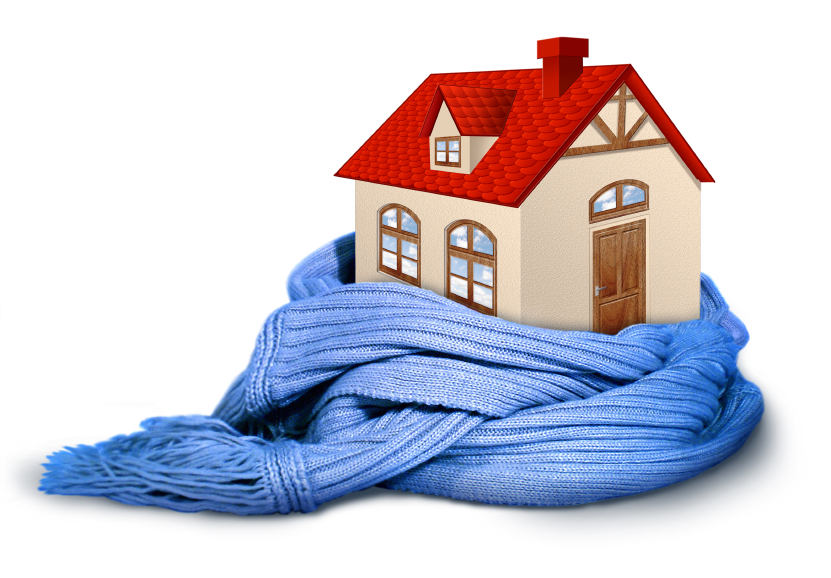Like it or not, winter has arrived. Like it or not, it will stick around for a long time.
If your house isn’t well-insulated, you’re likely to spend a lot on heating bills: The average heating oil bill in Maine last winter was $2,046. While it is true that the cost of oil has dipped since last winter, do you really think it will stay that way all winter?
And if your heating source doesn’t heat your entire house adequately, you’re likely to see a hike in your electricity bill if you need to supplement with space heaters.
While wall insulation is the best remedy for making the most of your home’s heating source, if it isn’t in the budget this year, you have numerous other options for DIY home insulation fixes.
Try these tips for a warmer winter:
Cover any air leaks with weatherproofing.
Use weatherproofing strips and caulking to seal any air leaks in your doors and windows. Window insulation kits can typically be purchased for under $20, and can be installed in a matter of minutes.
Add thick curtains to your windows.
Options such as the Thermaliner blackout curtains will help contain the heat in your home. If you don’t want to spring for all-new curtains, you can add a cheap liner to your existing curtains, such as fleece or even a PVC shower curtain. Keep the curtains open during daylight hours to let the sunlight in and add natural heat to your home, but when the sun sets, draw the curtains to contain the warmth.
Fix drafty doors with a door snake.
You can use common household items to create a “door snake” that sits at the bottom of your door and blocks the cold air from entering. Door snakes can be crafted out of materials such as old socks, pillow stuffing, and popcorn kernels—find step-by-step instructions for making one here.
Plug your chimney when not in use.
One study found that a household heating bill was 30 percent higher when the home had a missing or broken fireplace damper. If your fireplace flue doesn’t seal properly, you could be losing a lot of heat through your chimney. Plug the hole with a “chimney balloon”—a balloon covered in laminate that can be inflated once it is inside the chimney to provide an effective seal. Such balloons can be purchased for $40 to $50, or you can make your own chimney balloon out of household items such as cardboard and bubble wrap. (Just remember to take the balloon out before you plan to light a fire!)
Seal your attic air leaks.
In most homes, a lot of your heat will escape into the attic, where it’s not doing you any good. While insulating your attic space with foam can be an effective way to lower heating costs, you can use a simple reflective foil material as a cost-effective alternative.
By stapling the foil sheets to your attic roof rafters, you can reflect the heat that hits the rafters back down into your home’s living space.
Any time or financial investments you make this year should provide a nice return on investment for years to come. While it is a one time expense, your’ll enjoy the savings, and be warmer over the long haul.
Find Your Rate
For Your Home For Your Business




